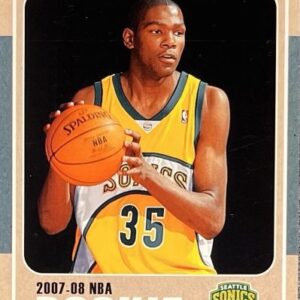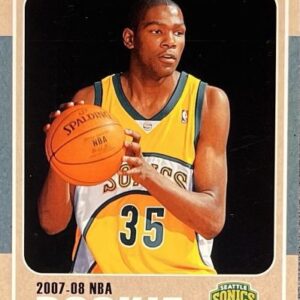In the colorful, nostalgic world of sports card collecting, a marriage of cardboard and history is treated with the reverence reserved for fine art. Yet, this idyllic image was marred by a brazen heist involving a treasure trove of vintage baseball cards, culminating in a courtroom showdown between Memory Lane Inc., an eminent California auction house, and the titan hospitality chain, Best Western.
The tale begins with what was supposed to be a routine shipment. Fifty-four cards, a gallery of Hall of Famers sealed in one package, were entrusted to the capable hands of hotel logistics at the Best Western Plus in Strongsville, Ohio. Among these cards were true relics of the sporting pantheon: a 1909 Ramly Walter Johnson and a 1941 Ted Williams, each commanding awe and a combined value of nearly $90,000. Under the care of FedEx, the package’s journey was seemingly flawless until the final stretch, marked by its disappearance upon arrival.
Memory Lane’s bewilderment quickly turned to frustration as investigations revealed an inside job. The culprits were hotel employee Jacob Paxton and his sidekick, Jason Bowling, who spirited away the collectible bounty, leaving only whispers of their act of larceny. The long arm of the law reached the pair, eventually recovering all but two of the coveted cards. While justice served Paxton a four-to-six-year contemplative respite behind bars, and Bowling with a less severe community supervision, the absence of the Johnson and Williams cards and the breach of trust left an indelible scar on Memory Lane.
This was no mere loss of cardboard splendor for the auction house. In the high-stakes arena of collectibles, trust and reputation are sacred commodities, woven like a web around certifications of authenticity and historical storytelling. Cracks in this web are more challenging to mend than heartache over lost prizes.
Fast-forward to July 2025, and the drama escalates from scandalous whispers to the legal lexicon. Memory Lane, advocating not merely for financial restitution but for the sanctity of collectors’ trust, brought the matter to court. Their suit against Best Western International and its local operators centers on an accusation of negligence, primarily critiquing the employment of unfit staff and lax supervision, all of which unwittingly converted hallways of the hotel into corridors of ill fate for treasured cards.
Imagine this: Best Western, a global juggernaut in the hospitality industry, with its polished edge of charm and billions in annual revenue, now must answer to the collectors’ call for accountability. How hotels and shipping partners strategize to protect high-value assets could pivot on the outcome of this case. After all, when Jane and Joe Collector compare their nostalgia-laden treasures to the grandeur of fine art and jewel safes, the hospitality industry listens up.
Yet, the saga extends beyond the walls of Best Western. Over recent years, the National Sports Collectors Convention, a cathedral for card enthusiasts, has become a hunting ground for organized heists, brazen enough to swipe some of the crown jewels of the sports card realm. Among those victimized by nimble fingers were a 1951 Bowman Mickey Mantle rookie and an iconic 1986 Fleer Michael Jordan rookie. Enhanced security measures, therefore, have become an unwelcome but necessary appendage in this hallowed space.
As market values for sports cards continue their meteoric rise, so does the shadow of risk. For every retro aficionado, the golden rule of unlocking the past through collecting now comes with a supplemental checklist of precautionary measures: lock-ups, surveillance, and tighter insurance protocols. It’s not just about possessing history anymore. It’s about fortifying it.
While the Best Western episode may set a precedent for responsibilities borne by hotels and handlers, it echoes a clear moda operandi for the hobby at large: Protect what you value as fiercely as the treasures they truly are. Sports cards, touting their storied existence via vibrant designs and iconic athletic deeds, deserve hermetic safeguarding, akin to artifacts that speak the language of memory and nostalgia.
As the courtroom drama unfolds, with the intrigue of collectible history meshed with the determination of legal obsessions, industry watchers and avid collectors alike can only spectate with bated breath. Who holds the stronger hand— the Wall Street of hospitality or the impassioned virtues of a hobbyist’s beloved trade? As the ruling looms, clarity might arise from the mists of courtroom deliberations, but for memory enthusiasts, the thrill and perils of the hunt endure unflinchingly onward.





